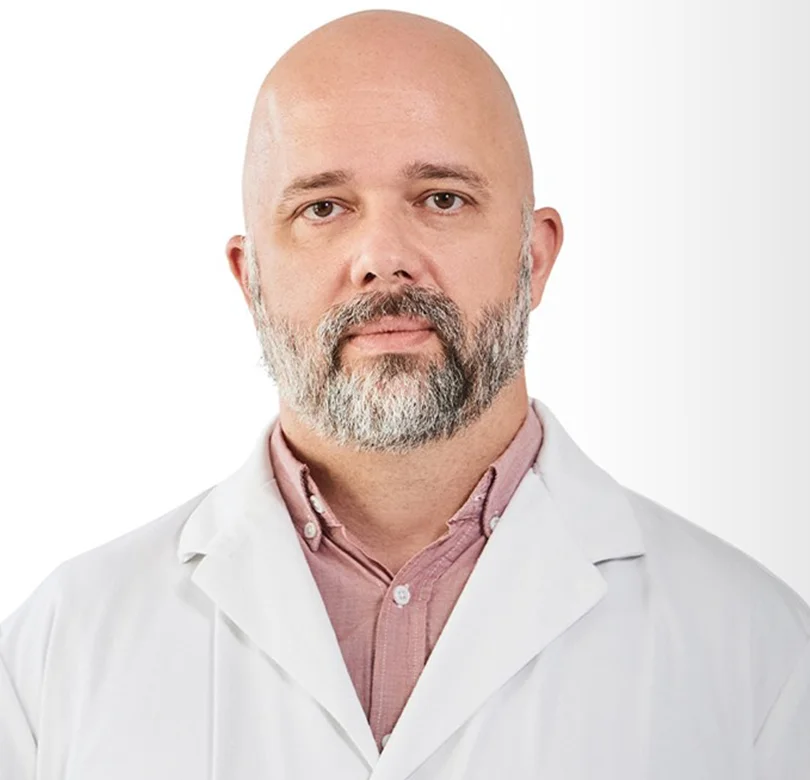What is coronary artery disease?
Coronary artery disease (CAD) is the most common form of heart disease. It occurs when one or more of the coronary arteries becomes narrow or blocked. Normally, blood flows through blood vessels like water through a hose. In coronary artery disease, major blood vessels that supply blood, oxygen and nutrients to the heart become damaged or diseased . This damage causes the vessels to become narrow, stiff or blocked. The process is often called hardening of the arteries or atherosclerosis.
CAD can cause:
Types
There are three types of coronary artery disease, they include:
- Obstructive: Blood vessels have significantly narrowed or blocked.
- Non-obstructive: Blood vessels have narrowed because they have branched off to smaller vessels or is due to the heart muscle squeezing too tightly on the vessels.
- SCAD: Spontaneous coronary artery dissection (SCAD) refers to the tearing of blood vessels in the heart. Learn more about SCAD.
Who is at risk?
Risk factors for heart disease are conditions or habits that make it more likely that you will get heart disease. Some risk factors for coronary artery disease can be changed and others cannot.
Risk factors you can change:
- high blood pressure
- high blood cholesterol and triglycerides
- diabetes
- unhealthy weight
- unhealthy diet
- too much alcohol
- not enough physical activity
- smoking or chewing tobacco
- stress
- depression
Risk factors you cannot change:
- Age – the older you are, the higher your risk of heart disease.
- Sex – Your risk of heart disease and stroke increases after menopause.
- Family history –if you have a close relative who has experienced heart disease at an early age, you are at an increased risk. In addition, women who have had pre-eclampsia during pregnancy have an increased risk.
- Indigenous heritage – First Nations, Metis and Inuit peoples have a higher risk of heart disease than the general population. They are more likely to have high blood pressure (hypertension) and diabetes. Both conditions can cause heart disease.
- South Asian and African heritage – people of African or South Asian background have a higher risk of heart disease. They are more likely to have high blood pressure (hypertension), diabetes or other risk factors for heart disease at a younger age.
- Personal circumstances - Personal circumstances and environmental factors have an influence on your health. This includes things such as access to healthy food, safe drinking water, health services and social services.

Dr. Heit thinks immune system could hold key to preventing heart attacks.

Causes
Over many years, plaque builds up on artery walls. Plaque is a sticky, yellow substance made of fatty substances like cholesterol, as well as calcium and waste products from your cells. It narrows and clogs the arteries, slowing the flow of blood. This condition is called atherosclerosis, which may begin as early as childhood. It can occur anywhere in the body, but it usually affects large and medium-sized arteries.
Sometimes plaque in an artery can rupture. The body's repair system creates a blood clot to heal the wound. But the clot can block the artery, leading to either a heart attack or stroke.
The factors that cause plaque to build up are:
- Damage or injury to the inner layer of the coronary arteries caused by the risk factors listed above.
- Plaque accumulating at the site of the injury in a process called atherosclerosis or hardening of the arteries.
Symptoms
Early warning signs may include:
- fatigue
- pain
- dizziness
They can also include the symptoms that are most associated with angina:
- A squeezing, suffocating or burning feeling in your chest that tends to start in the centre of your chest but may move to your arm, neck, back, throat or jaw.
Women are more likely to experience non-traditional symptoms such as:
- vague chest discomfort
- fatigue
- sleep difficulties
- indigestion
- anxiety
If left untreated, CAD can lead to other serious problems such as heart attack, stroke or even death.
Diagnosis
Your doctor will start by taking a medical history, doing a physical exam and ordering some chest X-rays. Your doctor may also want to do some of these other tests:
- angiography
- echocardiogram
- electrocardiogram (ECG/EKG)
- stress test
- nuclear stress test (also called: thallium scan, cardiolite scan, nuclear perfusion imaging, myocardial perfusion scan or myocardial perfusion imaging [MPI], radionuclide test).
- depression
Treatment
There is no cure for CAD, but there are many treatments, including medications, surgery and lifestyle changes, that can slow down its progress.
Medications
Medications used to treat coronary artery disease include:
Surgical and non-surgical procedures
Your doctor may also suggest these procedures:
Lifestyle
You can lower your risk of other heart diseases and stroke by knowing and controlling your blood pressure, diabetes and blood cholesterol. It is also important to lead a healthy lifestyle:
- Be smoke-free
- Be more active
- Eat a healthy balanced diet – there are some specific diets you can follow that have been proven to reduce the risk of heart disease.
- Aim for a healthy weight
- Drink less alcohol
- Manage stress
Research
Heart & Stroke has funded important research on coronary artery disease and vascular disease between 2013 and 2018. We are committed to supporting research and expanding our knowledge on CAD. Learn more about our research commitments and breakthroughs.
Related information
Testing for coronary heart disease (Peter Munk Cardiac Centre)
Living Well with Heart Disease (PDF)
